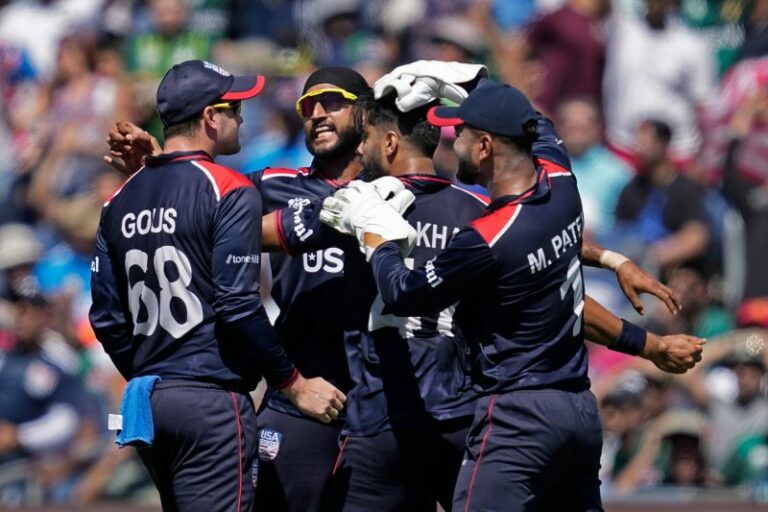The Rise of Indian Cricket Wearable Technology in Training
99exch, 99exch: In the realm of Indian cricket, the evolution of training methods has been a fascinating journey marked by innovation and adaptation. From the early days of traditional coaching techniques to the modern era of data-driven analytics and sports science, the landscape of training in Indian cricket has witnessed significant transformations over the years.
Formerly reliant on conventional practices like net sessions and physical conditioning, Indian cricket now embraces a more holistic approach to training. The integration of technology, specialized coaching staff, and customized training programs has propelled Indian cricketers to new heights of success on the international stage, showcasing the effectiveness of modern training methodologies in honing the skills of players.
With the advent of video analysis tools, players can now dissect their performances and identify areas for improvement with greater precision.
The use of wearable technology has revolutionized fitness monitoring, allowing coaches to track players’ physical exertion levels and tailor training programs accordingly.
Specialized coaching staff, including batting, bowling, and fielding coaches, work closely with players to refine their techniques and strategies for optimal performance.
Customized training programs are designed based on individual player needs and goals, focusing on enhancing strengths while addressing weaknesses effectively.
Impact of Wearable Technology on Cricket Training
Wearable technology has significantly transformed cricket training methodologies in recent years. The integration of devices such as smart sensors and GPS trackers has provided players and coaches with valuable insights into performance metrics, allowing for more data-driven training sessions. These wearable devices enable real-time monitoring of players’ physical exertion, movement patterns, and even vital signs, leading to more personalized and effective training programs.
Additionally, the use of wearable technology in cricket training has enhanced the accountability and motivation levels of players. By providing instant feedback on various aspects of their performance, players can make immediate adjustments, leading to continuous improvement. This innovative approach not only streamlines training routines but also facilitates better communication between players and coaches, fostering a culture of constant learning and development within the team.
Advantages of Using Wearable Technology in Cricket Training
Wearable technology has revolutionized the way cricket players train and perform on the field. One of the key advantages of using wearable technology in cricket training is the real-time data feedback it provides. Players and coaches can access valuable insights into player performance metrics such as running speed, heart rate, and distance covered during training sessions, allowing for immediate adjustments and improvements to be made.
Furthermore, wearable technology enables players to track their progress over time, helping them set and achieve personalized training goals. By analyzing the data collected from wearable devices, players can identify areas for growth and tailor their training regimes accordingly. This data-driven approach to training not only enhances individual player performance but also contributes to the overall success of the team.
What are some advantages of using wearable technology in cricket training?
Some advantages of using wearable technology in cricket training include:1. Real-time data feedback on performance 2. Personalized training programs based on individual player data 3. Enhanced injury prevention through monitoring of player workload 4. Improved overall performance through data-driven insights 5. Increased motivation and engagement through interactive training methods
How does wearable technology impact cricket training?
Wearable technology has revolutionized cricket training by providing players and coaches with valuable data insights that can be used to optimize performance, prevent injuries, and enhance overall training programs.







